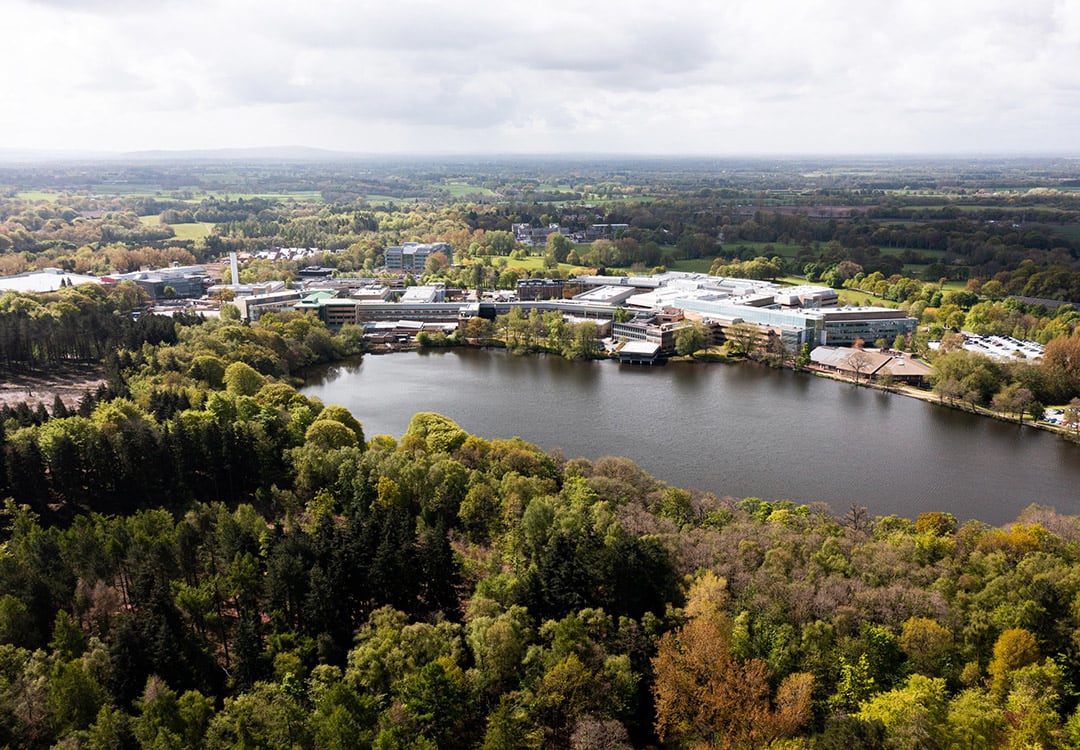Blogs
Agritech Thymes: Agritech 2030: Forecasting the Technologies Poised to Transform Farming
June 2025
Whilst yet to recover to the levels of 2011-2021, where capital invested in agritech increased 20-fold, investor funding in agritech is starting to pick up, and 2025 is set to be a strong year for capital deployment in this sector. This is mirrored by increased government backing, including schemes like the Farming Innovation Investor Partnership competition in the UK. Despite this, the crunch point remains funding at the late seed/Series A stage, where companies are at a crucial phase of development, have burned through seed capital, and are approaching open trials. As the market and grant availability pick up and prime the pump at this critical stage, the hope is that new products will be seen in the field within 5 years.
So what technologies would we expect to see emerging from this landscape as promising over the next five years and beyond? One area that seems ripe to take advantage of this scheme is next-generation farm analytics. AI-powered data gathering and processing promises to provide more actionable information about agricultural contexts than ever before. Whilst physical and electrical sensors are widely deployed, the explosion in miniaturised laboratory equipment means that biological markers are ready for maturity. Areas such as soil microbiomics, plant and animal pathogen detection, and water health biomarkers are not only imminent but, thanks to AI-powered inference systems, can be analysed on the basis of the biological system to provide deeper insights beyond simple detection assays.
Looking to the longer term, we might expect to see analytics integrated into “mirror farms” or digital twins that provide predictive models and virtual sandboxes to experiment with different interventions, decreasing uncertainty for farmers and working towards a derisked agriculture. These have already been developed in controlled environment farms, but as sensing and AI technology develops, these will become feasible for use with larger, open agriculture. For innovators, the value of these propositions will lie not just in their foundational technology but in their dynamic and extensive datasets. Building a business and legal strategy around this is not without challenges, but can be highly rewarding, if exclusivity can be maintained, through partnership with or acquisition by large agri-tech.
The ongoing need for biocontrol agents also creates opportunities for innovation. Despite ongoing challenges to public acceptance of chemical entities, alternative modalities are increasingly receiving positive results in trials, whether this is the RNAi-based biostimulants, gene silencing pesticides, or protein and peptide-based antimicrobials, whether isolated from natural organisms or designed de novo. As these approaches allow rapid prototyping, once the underlying biology is understood and the agent is proven safe, it is relatively trivial to change the targeting sequence. Further advancement in this technology might enable the development of new crop protection agents on demand. Similar to mRNA vaccines, farmers of the future may be able to provide a sample of a plant pathogen or insect pest, and receive a bespoke control agent tailored against it. This may mean that discovery and generation platforms are more valuable assets than the agents themselves, as the ability to develop new products rapidly and flexibly in response to the emergence of novel pathogen threats becomes more important, especially given the increased susceptibility of plants to infection at higher temperatures.
Similarly, microbial stimulants are another area of intensive development. As more is understood about the mutualistic relationships between plants and their associated bacteria, isolation and even engineering strains that secrete or process plant-stimulating compounds becomes ever more tangible. The regulatory framework for microbial adjuncts is by now well-established, and, to the extent that this employs isolated rather than engineered species, the pathway to market is fairly clear in Europe and the US. That said, maintaining exclusivity over such a technology can be challenging, and companies building in this space will need to consider carefully how they can protect and leverage their innovation. Looking further to the future, whilst microbes that improve the health of plants are already reaching the field, could we one day soon see farmers employing microbial cultures that fix atmospheric carbon within soil? Combined with the right subsidy programme, microbial geoengineering and bioremediation projects could form a valuable source of revenue for farmers of the future.
It is an exciting time in agritech, with promising technologies poised for deployment, and any indication that vital funding can kickstart innovation in this sector is a reason to celebrate. By targeting the crucial late seed stage, policy makers can fill a crucial gap in pre-revenue funding, getting solutions over the final hurdle and, from an investor perspective, start recouping their investment sooner from companies which have already survived the challenges of bootstrapping. This is also an inflection point for IP – the completion of R&D projects, imminent disclosure at go-to-market, and increased scrutiny of Series A investors often makes this the last opportunity to get a strategic handle on IP. Innovators who are able to put both their capital and IP to work should face no difficulties securing both a market niche and follow-on investment.
This article was prepared by Partner & Patent Attorney Punita Shah and Patent Director Andrew Tindall.































